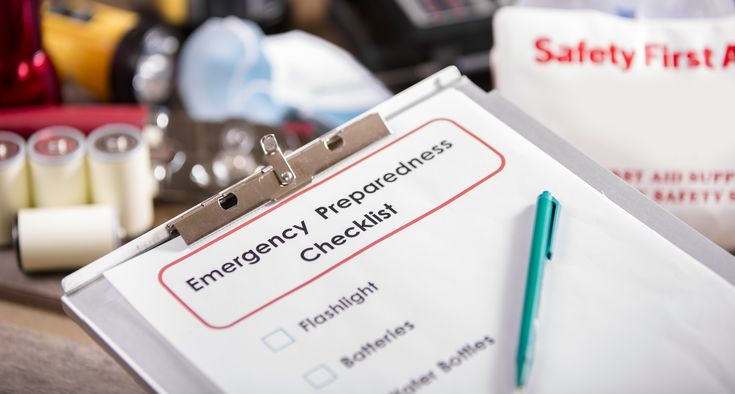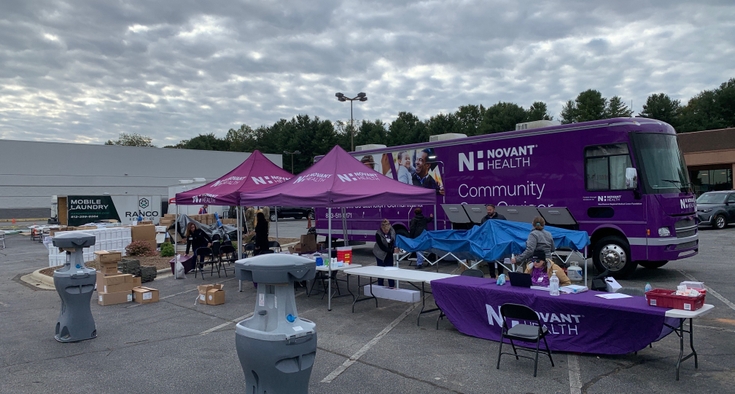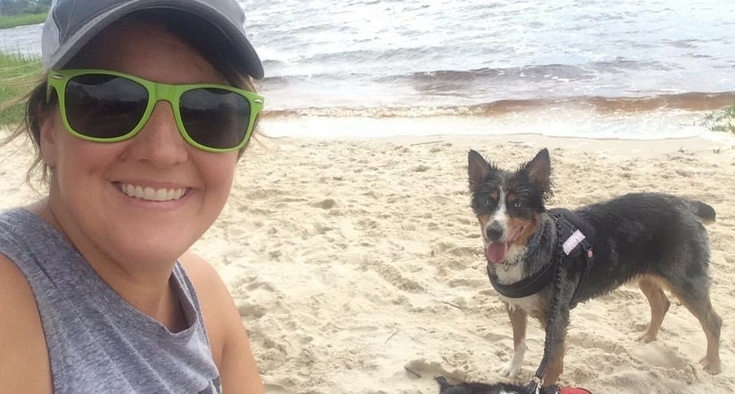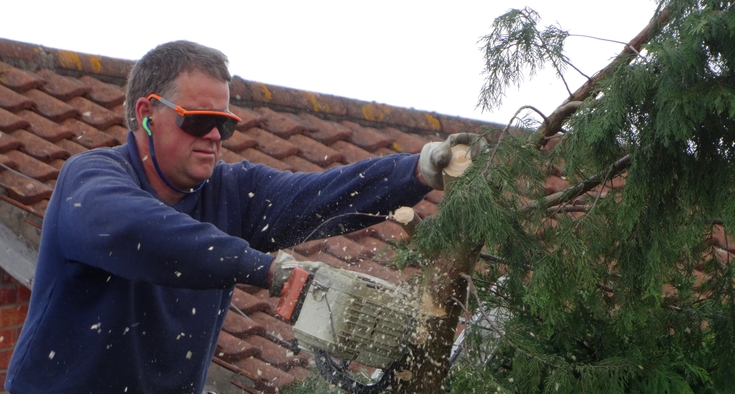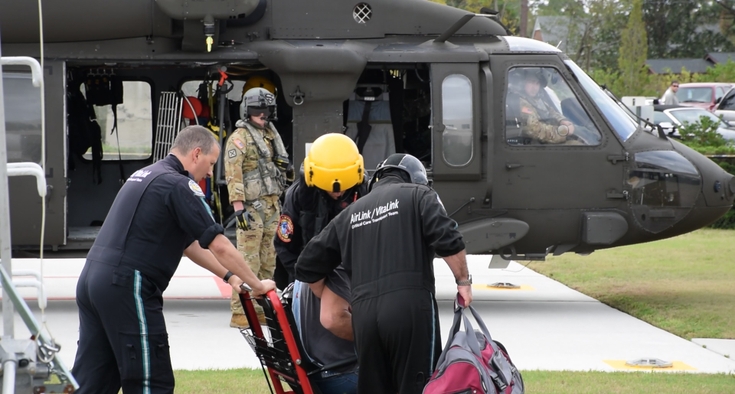Rather than scramble to plan, it’s far better to prepare for a hurricane that isn’t in the forecast yet.
In 2024, the National Oceanic and Atmospheric Administration reported 10 storms strengthened into hurricanes, with Helene in late September among the deadliest to ever strike the U.S.
It can be tedious and even scary to plan for an emergency that isn’t imminent. But careful preparations can help your family outline a lifesaving manual well before the next hurricane strikes. Here are five steps to ensure you and your family are prepared for the next hurricane season.
Good health starts with a visit to a primary care physician.
5 steps to prepare for a hurricane
1. Put together a hurricane preparedness kit.
Assemble supplies to cover at least three days’ worth of essentials per person in your family.
Think about the items you and your family depend on every day, then go a bit wider. Following a hurricane, you may be without electricity, running water and internet access. While not an exhaustive list, some significant items include:
- New first-aid kit containing bandages and antibiotic ointments
- 1 gallon of water per person
- Medications and a power source for medical devices
- Nonperishables including protein bars and pull-top canned foods
- Baby formula, bottles and diapers
- Pet needs, including food, medication and leashes
- Hand sanitizer
- Dental and eye-care products
- Flashlights and batteries
Keep these supplies in a familiar place, like the closet or pantry. Remember to triple the amount of items in order to create a three-day supply for each person. Also set aside blankets, sleeping bags, a flashlight and a battery-powered radio. Secure cash and sensitive tax and health insurance documents in waterproof Ziploc bags or storage containers.
2. Prepare to evacuate.
When a hurricane is approaching, it is important to pay attention to whether your region has received an evacuation order. There are two types of evacuations: mandatory and voluntary. A mandatory evacuation before a hurricane is a legal order that requires residents to leave. Ignoring this order can have legal implications. A voluntary evacuation is a recommendation. This means you are advised to leave for your safety, but it's not legally enforceable. In either case, you may only receive a few days’ warning of the evacuation, so plan ahead to leave if you have to.
What is your local evacuation route? Most of us have no idea. Once you find out, download the Federal Emergency Management Agency app and sign up for your community’s wireless emergency alerts, which detail evacuation orders. Keep your phone charged and bring along portable chargers.
If you do evacuate, where will you stay? Are there relatives or friends outside of the emergency area you can rely on? Seniors, in particular, should know they are not a burden, and that it’s OK to ask for help.
If you have pets and typically rely on a boarding service when you travel, make sure to plan to safely transport your pets with you, as most pet boarding facilities close under threat of a hurricane.
Best doctors. Amazing nurses. Remarkable care.
3. Prioritize vulnerable family members with special health needs.
One of the most important parts of emergency planning is knowing how to adequately accommodate seniors, disabled people and patients with chronic health conditions.
More than 131 million people – 66% of all adults in the U.S. – use prescription drugs. But finding a pharmacy to refill them can prove an impossible task during an emergency. For this reason, it’s best to pack a month’s worth of medication before evacuating your home. Novant Health specialty pharmacists can help work with your insurance company to get you a medication refill in advance and notify you of the shelf life of your medication.
Caregivers should identify potential barriers ahead of time. These can include an assisted-living facility’s policy of requiring a relative to be collected before an evacuation. Does that person require a cane or walker to get around?
Evaluate your family’s oxygen and insulin needs. This might mean having a backup oxygen tank or a portable concentrator ready in case of power outages. Also make sure to keep insulin cool and out of direct sunlight, but never freeze it. Ask your doctor if it’s OK to switch insulin types in a pinch.
People with mobility issues should consider registering with their community’s emergency management department. This makes it much easier for first responders to find someone and know their specific medical needs without delay.
4. Assess and manage mental and behavioral health needs.
Stress and anxiety affect so many of us, and an emergency situation can almost certainly exacerbate those symptoms. Social media and constant news alerts can also fuel this discomfort.
One way to practice self-care before a storm? Talk through your needs with your family and your health care clinician and get ahead of stress by researching what goes into forecasting and tracking a hurricane.
During a storm it’s best to avoid alcohol, drugs and other stimulants known to affect your mood. Under stress, emotions can run high. But having a detailed hurricane plan ready to go can help you cope and keep vulnerable family members calm.
Throughout a hurricane, take frequent breaks and monitor for worsening symptoms. You can also call or text the federal Disaster Distress Helpline (1-800-985-5990) for support.
5. Refresh yourself on using telehealth resources in an emergency.
Video visits are often a lifeline to medical support during natural disasters, especially when one disrupts access to in-person care. Telehealth does not require an appointment, and on-demand consultations are available around the clock from your phone or computer.
Novant Health patients can visit MyChart to schedule a virtual visit regarding something that is not life-threatening, like flu symptoms or back pain. Depending on the diagnosis, the clinician may refer the patient to primary or urgent care.





